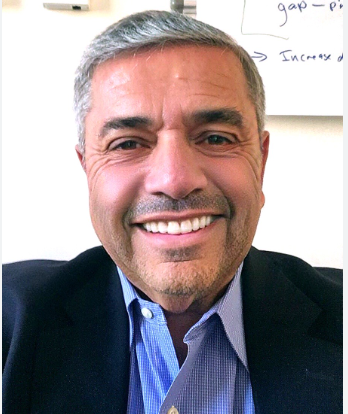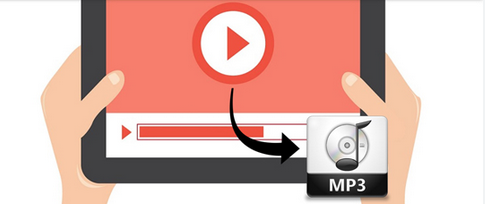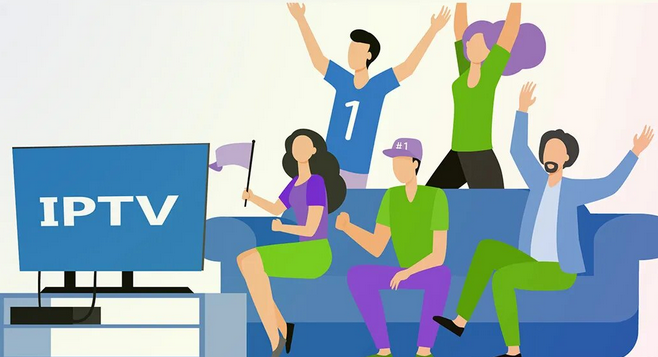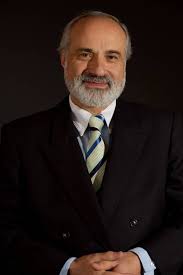Technology has transformed the field of cardiology, enabling cardiologists like Dr. John Strobeck to provide more accurate diagnoses and effective treatments for heart conditions. Here’s how technology is harnessed in the practice of cardiology:
Comprehensive Electronic Health Records (EHR): Cardiologists use advanced EHR systems to access and review patients’ medical histories seamlessly. This technology allows for quick and efficient retrieval of essential patient data, such as past diagnoses, medications, and test results. EHRs streamline the diagnostic process and aid in making informed decisions.
Cutting-Edge Diagnostic Imaging: Modern cardiology relies heavily on diagnostic imaging technologies. Cardiologists utilize state-of-the-art equipment like echocardiography machines, CT scanners, and MRI scanners to visualize the heart’s structure and function. These high-resolution images provide valuable insights into cardiac conditions, enabling precise diagnoses.
Digital Stress Testing: Stress tests, a critical tool for diagnosing heart conditions, have evolved with technology. Dr. John Strobeck New Milford Digital stress testing systems monitor patients’ heart function while they exercise, helping cardiologists detect abnormalities in real time. These digital systems offer enhanced accuracy and immediate data analysis, leading to quicker diagnoses.
Catheterization Labs: Cardiac catheterization procedures have become more advanced with the integration of cutting-edge technology. Catheterization labs, equipped with fluoroscopy and digital angiography, enable cardiologists to visualize blood vessels and perform minimally invasive interventions with exceptional precision. Procedures like angioplasty and stenting have seen significant advancements, leading to improved patient outcomes.
Electrophysiological Mapping: For patients with arrhythmias or irregular heart rhythms, electrophysiological studies (EPS) are crucial. Advanced mapping technologies, including 3D mapping systems, allow cardiologists to visualize the heart’s electrical activity accurately. These systems help identify the source of arrhythmias and guide catheter-based treatments with precision.
Implantable Devices: Cardiologists now have access to sophisticated implantable devices like pacemakers and implantable cardioverter-defibrillators (ICDs). These devices incorporate state-of-the-art technology, including remote monitoring capabilities. Cardiologists can adjust device settings and monitor patients’ heart rhythms remotely, ensuring timely interventions when needed.
Telemedicine: Telemedicine has transformed patient care, allowing cardiologists to provide remote consultations and follow-ups. Through secure video calls, patients can connect with their cardiologists, discuss symptoms, and receive guidance on managing their heart health. Telemedicine enhances access to care, especially for individuals in remote or underserved areas.
Remote Monitoring Devices: Patients with chronic heart conditions can benefit from remote monitoring devices. These gadgets collect real-time data on vital signs, such as heart rate and blood pressure, and transmit this information to cardiologists. This continuous monitoring allows cardiologists to detect changes or irregularities promptly, adjusting treatment plans as necessary.
In conclusion, technology has revolutionized the practice of cardiology, enhancing diagnostics, treatment precision, and patient care. Cardiologists like Dr. John Strobeck New Milford leverage these advancements to provide patients with the highest level of care, ensuring accurate diagnoses and effective treatment strategies. As technology continues to evolve, the future holds even more promise for improved heart health outcomes.



